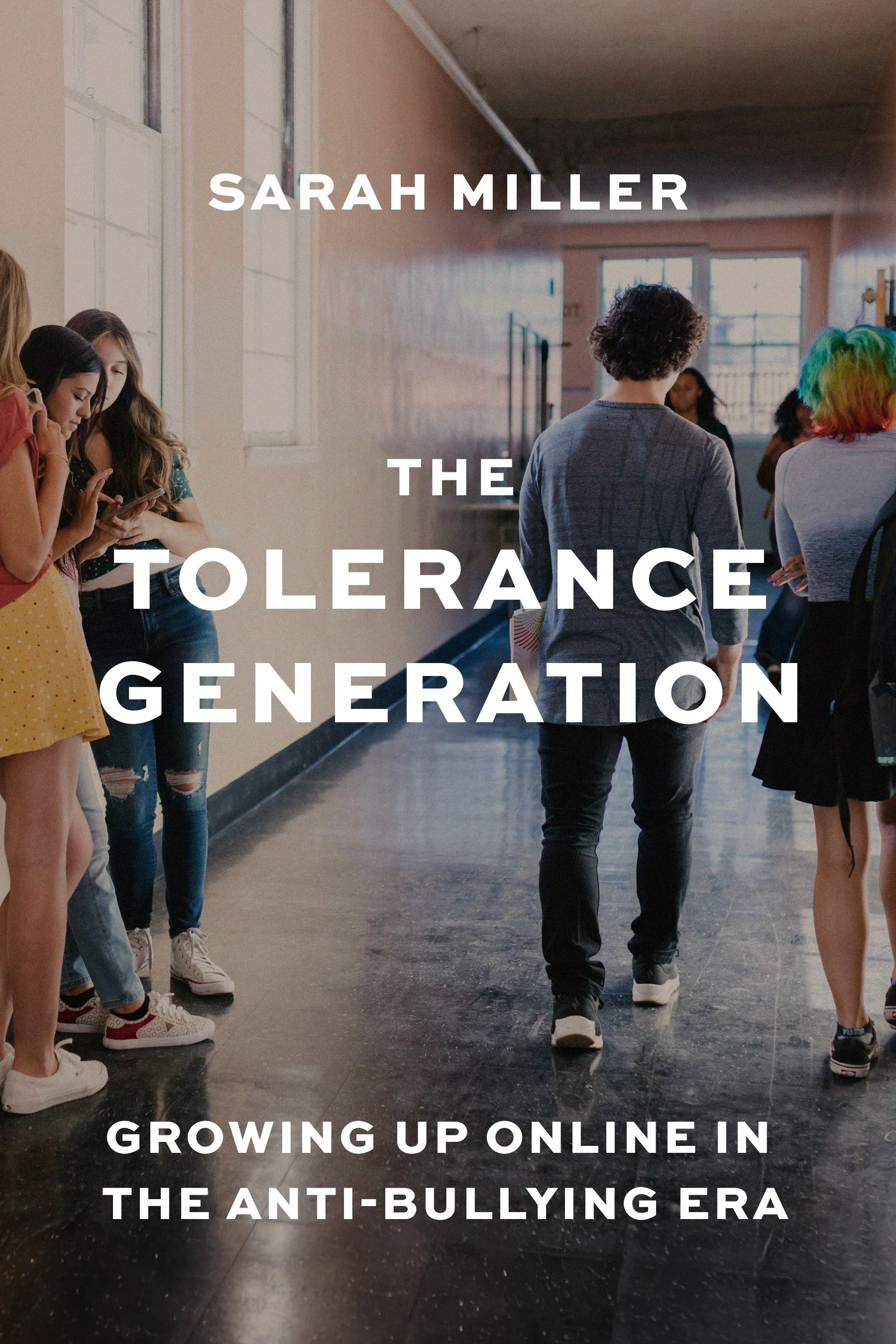American high schools can’t stop talking about bullying. As educators nationwide invest in the anti-bullying movement, youth are saturated with initiatives promoting tolerance, kindness, and the responsibility to be active bystanders. Despite these efforts, bullying rates haven’t decreased. Why don’t they work better? Moreover, how do teens engage their lessons as they navigate coming of age online?
Based on two school years of ethnography at rural “Township” High School, The Tolerance Generation (forthcoming, University of Chicago Press) chronicles how adolescents navigate conflict and learn to get along in an increasingly digital society. Charting teens’ lives as they are impacted not only by bullying, but sexting exposures, school shooting threats, and cancel culture, their stories illustrate the amplifying pressures social media place on youth and why bullying prevention efforts fail to help them. By encouraging teens to practice tolerance without addressing the structural factors that position them unequally, the anti-bullying industry misinterprets how bullying functions as slow violence, particularly for the nondominant youth most impacted and especially due to the affordances of being online. Meanwhile, teenagers develop their own prevention strategies using the very tools adults blame for bullying. At Township, youth harness digital culture to go beyond tolerance, using social media as a site for diversity education, conflict resolution, and collective resistance. The anti-bullying movement is an inadequate training ground for teens to learn how to deal with American inequalities. However, the youth of The Tolerance Generation know they are being underserved, and together they are creating a more effective curriculum.
